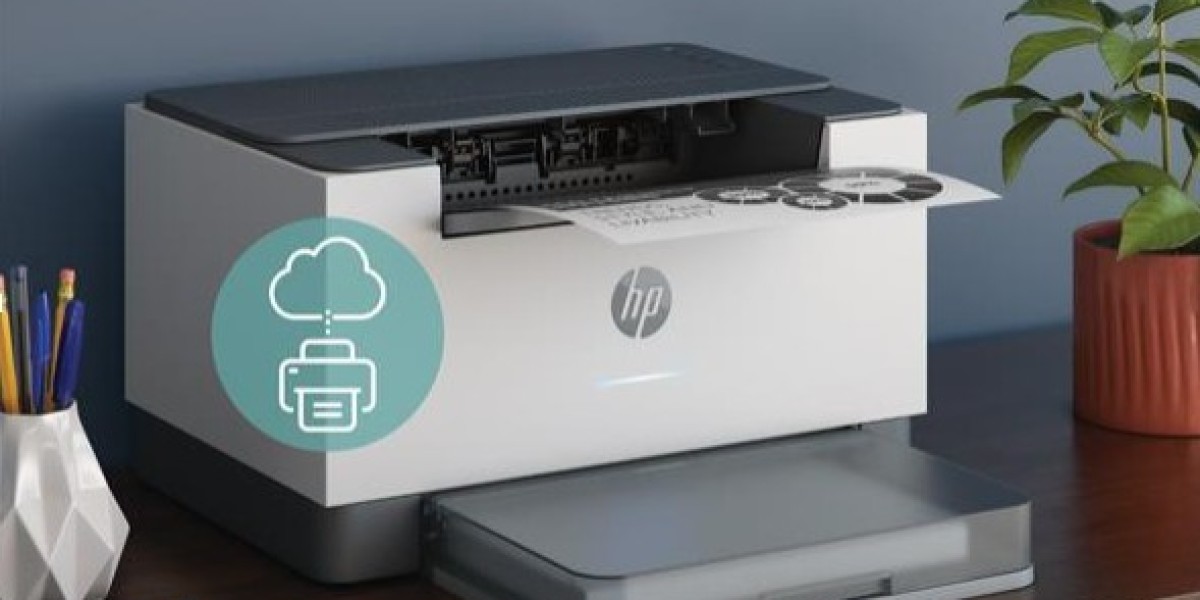Introduction
In the dynamic landscape of healthcare and pharmaceuticals, the journey from a groundbreaking idea to a tangible clinical product involves a meticulous and multifaceted process known as Clinical Product Development. This process intertwines scientific innovation, regulatory compliance, and commercial viability to bring life-changing therapies to patients in need. In this article, we delve into the intricacies of clinical product development, exploring its crucial steps, challenges, and the expertise required to navigate this complex terrain.
Clinical Product Development: Unveiling the Pathway
Clinical Product Development, often regarded as the cornerstone of medical advancement, is the systematic process of transforming a promising medical concept into a fully-fledged therapeutic solution. This journey is characterized by a sequence of strategic phases, each demanding profound expertise and strategic navigation.
Ideation and Conceptualization
At the heart of every successful clinical product lies a visionary idea. This stage involves brainstorming, ideation, and the formulation of a concept that addresses an unmet medical need. The idea's novelty, feasibility, and potential impact on patient care are meticulously evaluated to ensure its viability.
Preclinical Research and Initial Testing
Before a potential product can be tested on humans, extensive preclinical research is conducted. This phase entails laboratory experiments, animal studies, and in vitro testing to assess the product's safety, efficacy, and potential side effects. These studies yield valuable insights into the product's mechanisms and guide further development.
Regulatory Compliance and Investigational New Drug (IND) Application
Navigating the regulatory landscape is a pivotal challenge in clinical product development. Companies must compile comprehensive data from preclinical research to submit an Investigational New Drug (IND) application to regulatory authorities like the FDA. This application outlines the product's safety profile and proposed human trials.
Clinical Trials: Unveiling Efficacy and Safety
Clinical trials are the heart of product development, aiming to establish the product's safety, efficacy, and optimal usage. These trials are conducted in phases, with each phase expanding the participant pool and providing deeper insights. Rigorous data collection and analysis are paramount to draw accurate conclusions.
Data Analysis and Regulatory Submission
Once clinical trials are complete, an exhaustive analysis of the amassed data is conducted. If the results are favorable, a New Drug Application (NDA) or a Biologics License Application (BLA) is submitted to the regulatory authorities. This submission includes a comprehensive overview of the product's development, safety, and efficacy data.
Post-Approval Monitoring and Pharmacovigilance
Even after approval, the journey continues. Robust post-approval monitoring and pharmacovigilance systems are put in place to track the product's real-world performance, identify any unforeseen side effects, and ensure ongoing safety.
Expert Insights: Navigating Challenges and Ensuring Success
Navigating the intricate landscape of clinical product development is no small feat. Industry experts shed light on the challenges they've encountered and offer insights for overcoming them.








